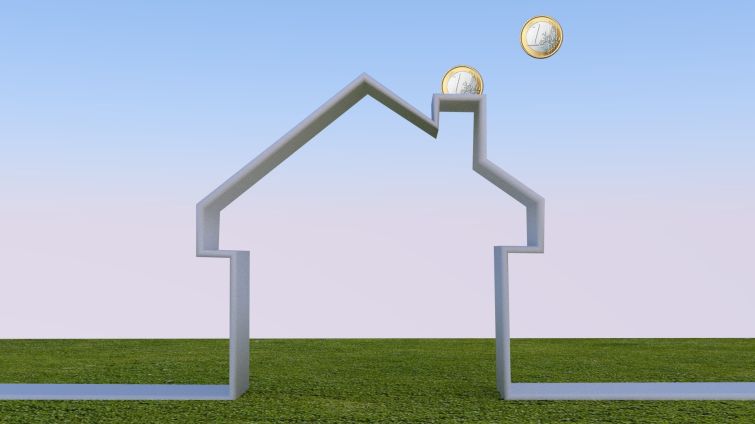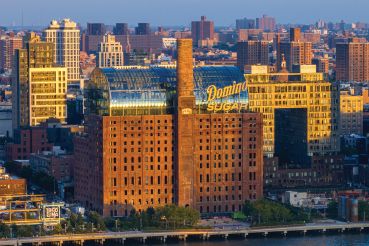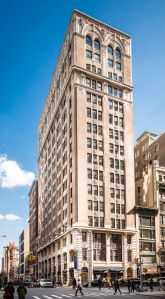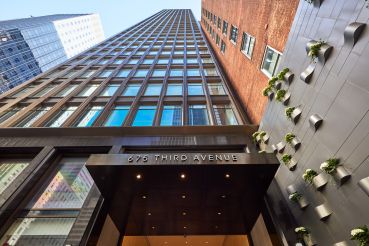September Energy Code Update Brings Higher Costs
By Alexander Rippere, Metropolis Group, Inc. April 15, 2016 10:37 am
reprints
[Sponsored]
On March 9th the New York State Code Council voted to enact an update to the State’s Energy Code which will also affect New York City. The second motion before Council passed and set the timeframe of the update to be 180 days from the day of the vote. The new Energy Code will be enforced statewide come late September of this year.
The new Energy Code could bring significant cost challenges to developers and owners. The new code will be based on the International Energy Conservation Code (IECC) 2015 Edition and the American Society of Heating, Refrigerating, and Air Conditioning Engineers (ASHRAE) Standard 90.1-2013. HVAC, lighting, and hot water systems will be subject to more stringent requirements. However for developers and architects a greater concern may be more draconian envelope requirements necessitating cost increases on insulation and glazing.
When it comes to insulating a wall, developers have two choices. Either add thicker layers of cheaper insulation and give up clear floor area to increased exterior wall thickness, or spend more capital on better insulation to keep the walls as thin as possible. Continuous insulation, which covers an entire wall without studs to break it up, will be more vital than ever. Glazing will also be subject to tougher requirements which will necessitate cost increases for better insulated windows. Triple-glazing may become the norm.
Early in the development process, developers would be wise to engage architects, engineers, envelope, and code consultants who specialize in energy efficiency and the Energy Code. As the New York City Department of Buildings (DOB) enforces Energy Code separately from Building Code it is important to find a guide who can help navigate the process, especially when it comes to the interplay between the Energy Code and the Zoning Resolutions.
Many developers like to deduct as much gross building area as possible from their allowed zoning development rights which limits how much floor area can be built on a given lot. Like taking deductions on income to minimize the tax bill, it pays to deduct as much floor area as possible. A popular deduction is the exterior wall thickness deduction which is only allowed if the exterior wall exceeds the Energy Code requirements. As the Energy Code requirements will be more stringent come September, it will be harder for new buildings and major alterations to qualify for the exterior wall thickness deduction. As zoning approval is a key phase in the new building permitting process smart developers going for the deduction should engage a team that can establish the performance of exterior walls early on and secure zoning approval from DOB.
The easiest way to avoid the new Energy Code and its cost increases will be to file complete plan sets with DOB by Labor Day. The key word in that sentence is “complete”, which means a new building or major alteration set should have mechanical, lighting, plumbing and envelope drawings ready for review by the DOB’s Energy Code division. Incomplete submissions may be subject to retroactive application of the new Energy Code.
This summer may well become a hot one.
[Brought to you by Metropolis Group, Inc.]
Metropolis consulting guides building developers and owners through the process of achieving and retaining compliance for their properties. We provide a single point of contact that effectively navigates through NYC’s Department of Buildings, and critical city agencies while coordinating the completion of construction from start to finish. This ensures that new buildings surpass legal building standards, existing buildings remain up to code, and violations are resolved swiftly. To learn more visit metropolisny.com.


